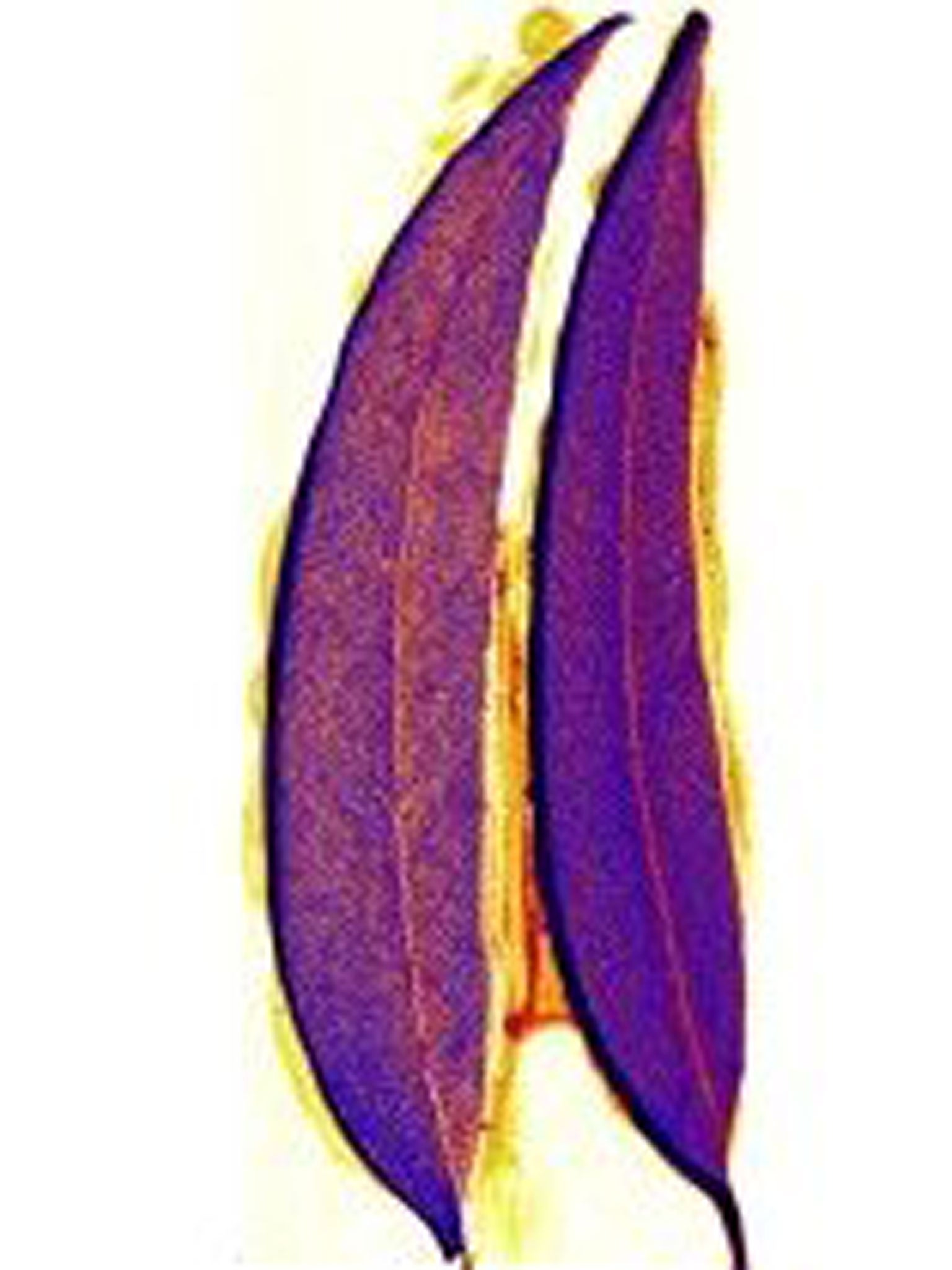Money doesn't grow on trees - but gold does
Scientists in Australia have confirmed the presence of gold particles in the leaves of eucalyptus plants

Your support helps us to tell the story
From reproductive rights to climate change to Big Tech, The Independent is on the ground when the story is developing. Whether it's investigating the financials of Elon Musk's pro-Trump PAC or producing our latest documentary, 'The A Word', which shines a light on the American women fighting for reproductive rights, we know how important it is to parse out the facts from the messaging.
At such a critical moment in US history, we need reporters on the ground. Your donation allows us to keep sending journalists to speak to both sides of the story.
The Independent is trusted by Americans across the entire political spectrum. And unlike many other quality news outlets, we choose not to lock Americans out of our reporting and analysis with paywalls. We believe quality journalism should be available to everyone, paid for by those who can afford it.
Your support makes all the difference.It's true - money does not grow on trees. But gold does, at least according to a group of scientists who have confirmed the presence of the mineral in the leaves of some plants.
Australia based researchers found the gold particles hidden within eucalyptus tree foliage, indicating that gold deposits may also be buried many metres below.
The grains growing within the leaves are approximately one fifth the diameter of a human hair, making the discovery unlikely to start a gold rush. However, it can provide a unique opportunity for mineral exploration.
Geochemists from Australia's Commonwealth Scientific and Industrial Research Organisation (CSIRPO) said eucalyptus trees in western Australia are drawing up gold particles from the earth via their root system and depositing it their leaves and branches.
Although the amounts found were tiny, their presence could indicate gold ore deposits buried up to tens of metres underground and under sediments that are up to 60 million years old.
Lead author of the study, Dr Mel Lintern, said the team used CSIRO's Maia detector, a machine that uses x-rays to probe matter in great detail, to search for gold deposits. They were able to produce images of gold found in the leaves, bark and twigs of some of the trees.
Their research, published in the journal Nature Communications, suggested plants were absorbing gold particles found around the soils of eucalyptus trees, Dr Lintern explained.
“The eucalypt acts as a hydraulic pump – its roots extend tens of metres into the ground and draw up water containing the gold.
"As the gold is likely to be toxic to the plant, it’s moved to the leaves and branches where it can be released or shed to the ground.
“The leaves could be used in combination with other tools as a more cost effective and environmentally friendly exploration technique.”
Dr Lintern added that by using this technique of sampling and analysing vegetation for traces of minerals, it may be easier to observe what occurs below the surface without the need to drill. He said: "It’s a more targeted way of searching for minerals that reduces costs and impact on the environment."
Join our commenting forum
Join thought-provoking conversations, follow other Independent readers and see their replies
Comments